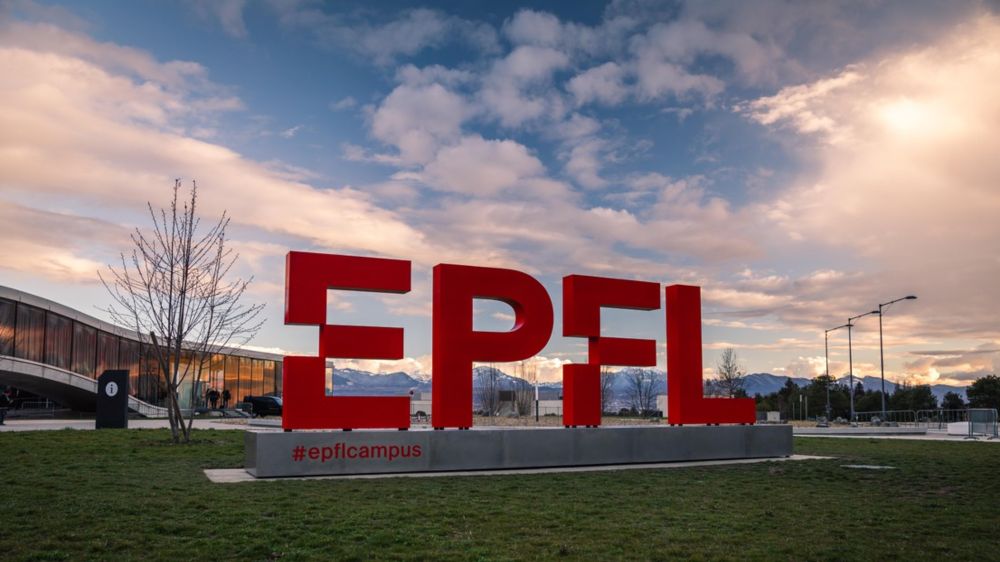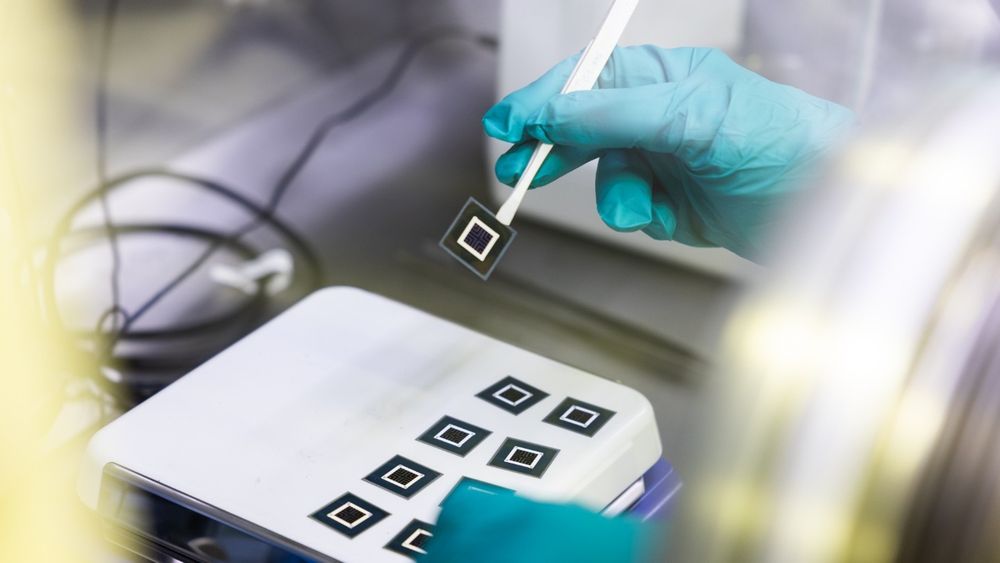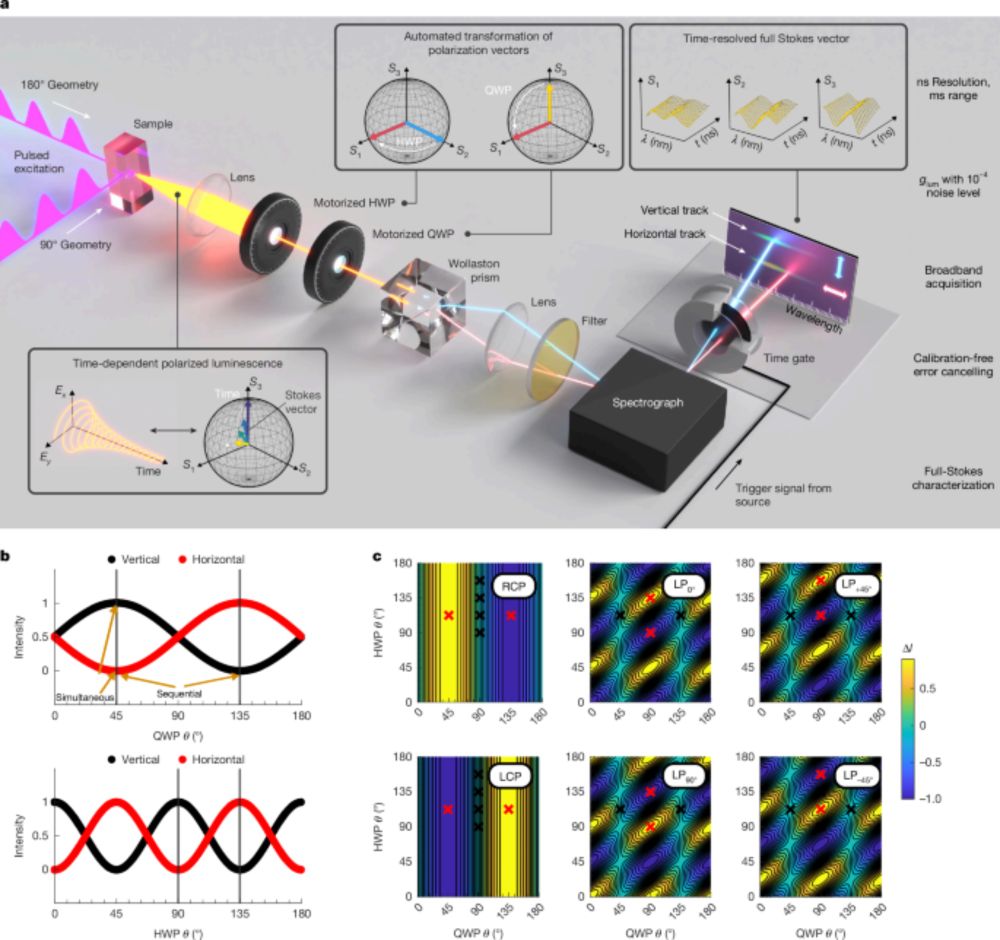
Austin Kuba
@austinkuba.bsky.social
120 followers
190 following
49 posts
Just trying to make the world a little better than I found it.
Scientist at EPFL
Posts
Media
Videos
Starter Packs
Reposted by Austin Kuba
🔬 PhD opening @ SDU CAPE:
Join the R2-D2 project to build a self-driving lab for perovskite solar cells!
Work with robotics, machine learning & high-throughput experiments.
📍Sønderborg 🇩🇰
📅Start: Jan 2026
🔗 fa-eosd-saasfaprod1.fa.ocs.oraclecloud.com/hcmUI/Candid...
Join the R2-D2 project to build a self-driving lab for perovskite solar cells!
Work with robotics, machine learning & high-throughput experiments.
📍Sønderborg 🇩🇰
📅Start: Jan 2026
🔗 fa-eosd-saasfaprod1.fa.ocs.oraclecloud.com/hcmUI/Candid...
PhD Position in Robotic Research platform and automated Device Doctor for Perovskite Solar Cells
The Centre for Advanced Photovoltaics and Thin-Film Energy Devices (SDU CAPE), part of the Mads Clausen Institute, University of Southern Denmark (SDU), invites applications for one or more 3-year PhD...
fa-eosd-saasfaprod1.fa.ocs.oraclecloud.com
Reposted by Austin Kuba
Reposted by Austin Kuba
Austin Kuba
@austinkuba.bsky.social
· Sep 26
Austin Kuba
@austinkuba.bsky.social
· Sep 24
Reposted by Austin Kuba
Daryl Yee
@dryeeseeks.bsky.social
· Sep 24
Reposted by Austin Kuba
Austin Kuba
@austinkuba.bsky.social
· Sep 10
Austin Kuba
@austinkuba.bsky.social
· Sep 10
Austin Kuba
@austinkuba.bsky.social
· Sep 5
Reposted by Austin Kuba
Reposted by Austin Kuba
Christian Wolff
@pero-pal.bsky.social
· Aug 27

Accelerating optimization of halide perovskites: two blueprints for automation
The fine-tuning of halide perovskite materials for both performance and stability calls for innovative tools that streamline high-throughput experimentation. Here, we present two complementary systems...
pubs.rsc.org
Austin Kuba
@austinkuba.bsky.social
· Aug 6
Reposted by Austin Kuba
Sascha Feldmann
@feldmannlab.bsky.social
· Jul 22

Tenure Track Assistant Professor in Experimental Physical or Analytical Chemistry
EPFL is a leading university with strong emphasis on basic sciences, engineering and life sciences. Research within its Institute of Chemical Sciences and Engineering (ISIC) includes synthetic, biolog...
www.epfl.ch
Reposted by Austin Kuba
Daryl Yee
@dryeeseeks.bsky.social
· Jul 10
Austin Kuba
@austinkuba.bsky.social
· Jul 5
Reposted by Austin Kuba









